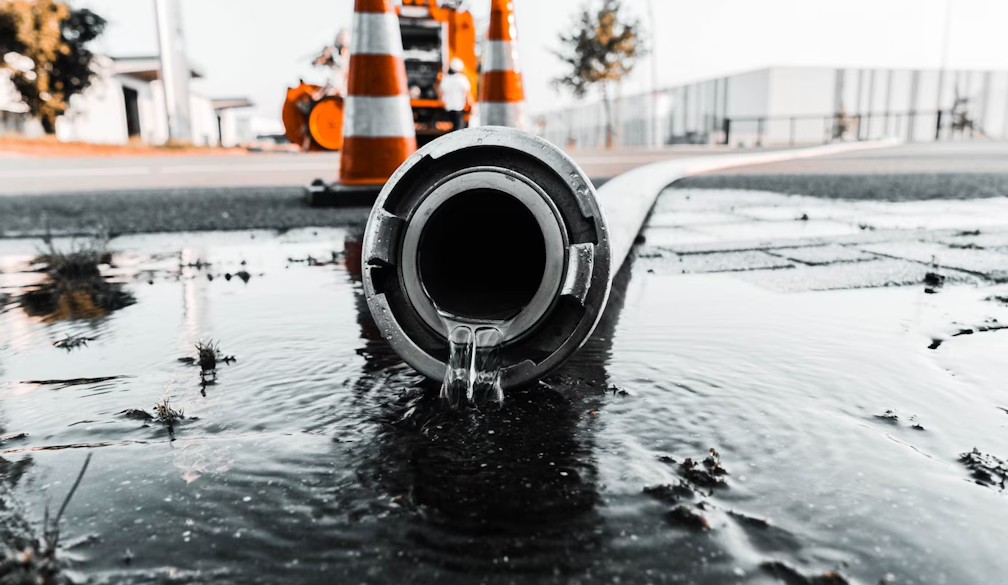Navigating Commercial Water Damage: Causes and Remediation Strategies
- Written by MISS.com.au

Water damage is a pervasive issue that can wreak havoc on commercial properties, causing structural damage, disrupting business operations, and leading to financial losses. Identifying the common causes of commercial water damage and understanding effective remediation strategies is crucial for property owners and managers.
Here are the primary causes of water damage in commercial settings and provide insights on how to deal with these challenges by hiring a right plumber North Shore.
Common Causes of Commercial Water Damage
· Leaking Roofs and Windows:
Commercial buildings with flat roofs are particularly susceptible to water damage. Over time, weathering and exposure to the elements can compromise the integrity of roofing materials, leading to leaks. Similarly, improperly sealed windows can allow water to seep into the building during heavy rain or storms.
Remediation Tip: Regular inspections and maintenance of the roof and windows can prevent potential leaks. Hire the best plumber North Shore for timely repairs and resealing vulnerable areas are essential to protect the building from water intrusion.
· Plumbing Failures:
Faulty plumbing systems are a significant contributor to water damage in commercial properties. Leaking pipes, burst pipes, or damaged plumbing fixtures can result in water accumulation, leading to extensive damage.
Remediation Tip: Implement a routine plumbing maintenance schedule to identify and address potential issues before they escalate. Quick response to plumbing emergencies and regular inspections can mitigate the risk of water damage.
· Appliance Malfunctions:
Commercial properties often house various appliances, such as water heaters, dishwashers, and refrigerators. Malfunctions in these appliances, including leaks or overflowing, can result in water damage if not promptly addressed.
Remediation Tip: Regularly inspect and maintain commercial appliances to identify any signs of wear or malfunction. Install water leak detection devices to provide early warnings and prevent extensive damage.
· HVAC System Issues:
Heating, ventilation, and air conditioning (HVAC) systems can contribute to water damage if not properly maintained. Condensation, clogged drain lines, or malfunctioning components can lead to water accumulation within the building.
Remediation Tip: Regularly service and clean HVAC systems to prevent issues that may result in water damage. Ensure proper drainage for condensation and promptly address any leaks or malfunctions.
· Natural Disasters:
Flooding caused by heavy rain, hurricanes, or other natural disasters can pose a significant threat to commercial properties. In such cases, water damage can be extensive and require immediate attention.
Remediation Tip: Develop and implement a comprehensive emergency response plan that includes strategies for mitigating flood damage. Install flood barriers, maintain proper drainage systems, and consider elevating critical infrastructure to minimize the impact of natural disasters.
Dealing with Commercial Water Damage
· Swift Response:
Time is of the essence when dealing with water damage. Swiftly address any signs of water intrusion, leaks, or flooding to prevent further damage and mold growth. Establishing an emergency response team and a clear communication plan is essential for a quick and effective response.
· Document the Damage:
Thoroughly document the extent of the water damage by taking photographs and detailed notes. This documentation will be crucial for insurance claims and can help assess the scope of remediation efforts needed.
· Water Extraction and Drying:
Utilize professional water extraction and drying equipment to remove standing water and moisture from the affected areas. This step is essential to prevent mold growth and minimize structural damage.
· Mold Remediation:
Addressing mold growth is a critical aspect of water damage remediation. Engage professional mold remediation services to identify and safely remove mold from affected areas, ensuring a healthy and safe environment for occupants.
· Restoration and Prevention:
Once water damage has been mitigated, focus on restoring the affected areas to their pre-damage condition. Implement preventative measures, such as improved drainage systems, regular inspections, and maintenance, to reduce the risk of future water damage incidents.
Epoxy and Polyurethane Injection
Foundation cracks are a common entry point for water, and sealing them promptly is essential. Epoxy and polyurethane injections are popular methods for addressing cracks in foundation walls. These materials fill and seal the cracks, preventing water from entering. It's crucial to consult with professionals to determine the most suitable injection method based on the type and extent of the cracks.
Landscape and Exterior Adjustments
Beyond addressing issues directly related to the basement structure, making strategic adjustments to your landscape can significantly impact water drainage. Extend downspouts away from the foundation, create swales or berms to direct surface water away, and use landscaping features to promote positive grading. These measures complement other waterproofing strategies, collectively working to keep water at bay.
Conclusion
Commercial water damage can be a significant challenge, but with proactive measures and a comprehensive remediation plan, property owners and managers can protect their investments and ensure the long-term sustainability of their businesses. Thus, you should hire the best plumber in North Shore for regular maintenance, swift response to issues, and strategic planning are key components of a successful approach to managing and mitigating commercial water damage.

